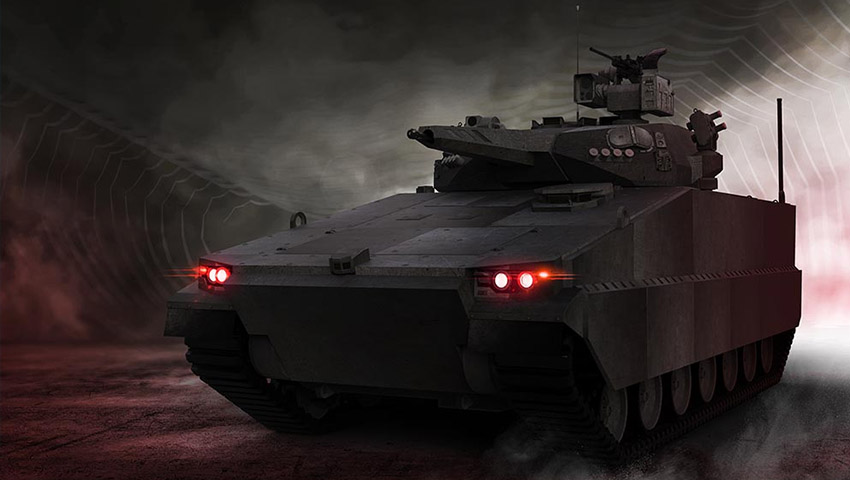Hanwha Defence Australia (HDA) was formally launched at the Victorian government’s Investment Centre by the CEO of Hanwha Defence Sungsoo Lee – in a major step forward for the company’s bid for LAND 400 Phase 3.
Lee presented to HDA’s key industry partners for LAND 400 Phase 3 Mounted Close Combat Capability. The audience included Martin Pakula, the Victorian Minister for Jobs, Innovation and Trade, and representatives from state government, local council, Australian industry and academia.
The focus of the event was to bring together the LAND 400 Phase 3 Australian industry team to hear directly from the CEO, to meet members of the Hanwha team and to have discussions with Hanwha’s key partners EOS and Elbit. Lee emphasised the team effort required to deliver the Redback infantry fighting vehicle to the Australian Army.
Dr Ben Green, group CEO of EOS, also addressed the audience. While emphasising his support for Hanwha’s leadership in the LAND 400 Phase 3 program; he also highlighted the significance of the high technology contribution of his company and expressed his pride in the development of EOS’s T-2000 Australian turret, arguably the most advanced turret in the world.
Hanwha is accelerating its plans to establish a credible self-reliant Australian manufacturing base in Victoria. While the focus of the event was on the Redback and LAND 400, there was significant interest in the recent announcement by the Prime Minister for the revitalisation of the K9 Self-Propelled Howitzer program, LAND 8112.
This essential capability would be manufactured out of the Geelong area; HDA would be seeking to incorporate the K9 and Redback manufacturing line into its planned Regional Geelong facility, ensuring hundreds of additional jobs and years of additional guaranteed work for both domestic and global programs.
The Redback is the newest IFV in the world leveraging the latest technologies for mission effectiveness. There is also significant commonality between both the K9 and the Redback, including the powerful MTU 1000 hp engine and transmission system.
This provides significant cross platform synergies and logistics efficiencies. Should Hanwha be successful in the evaluation process for these programs, both the K9 and the Redback will be built and maintained in Australia from the same manufacturing facility.
These strategic programs would enable Hanwha Defence Australia to manufacture advanced combat vehicles for both Australia's domestic and broader international markets.
Lee’s key messages included the forging of true partnerships with Australian industry and the national uplift of Australia’s skills base through Hanwha’s transfer of technology to achieve Australian self-reliance in manufacturing, operating and maintaining advanced combat vehicles. His other message was that Hanwha was here to stay and is rapidly building its footprint in Australia to support the domestic Australian programs and be postured to develop export opportunities for Defence from the Victorian manufacturing base.








